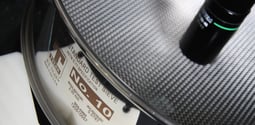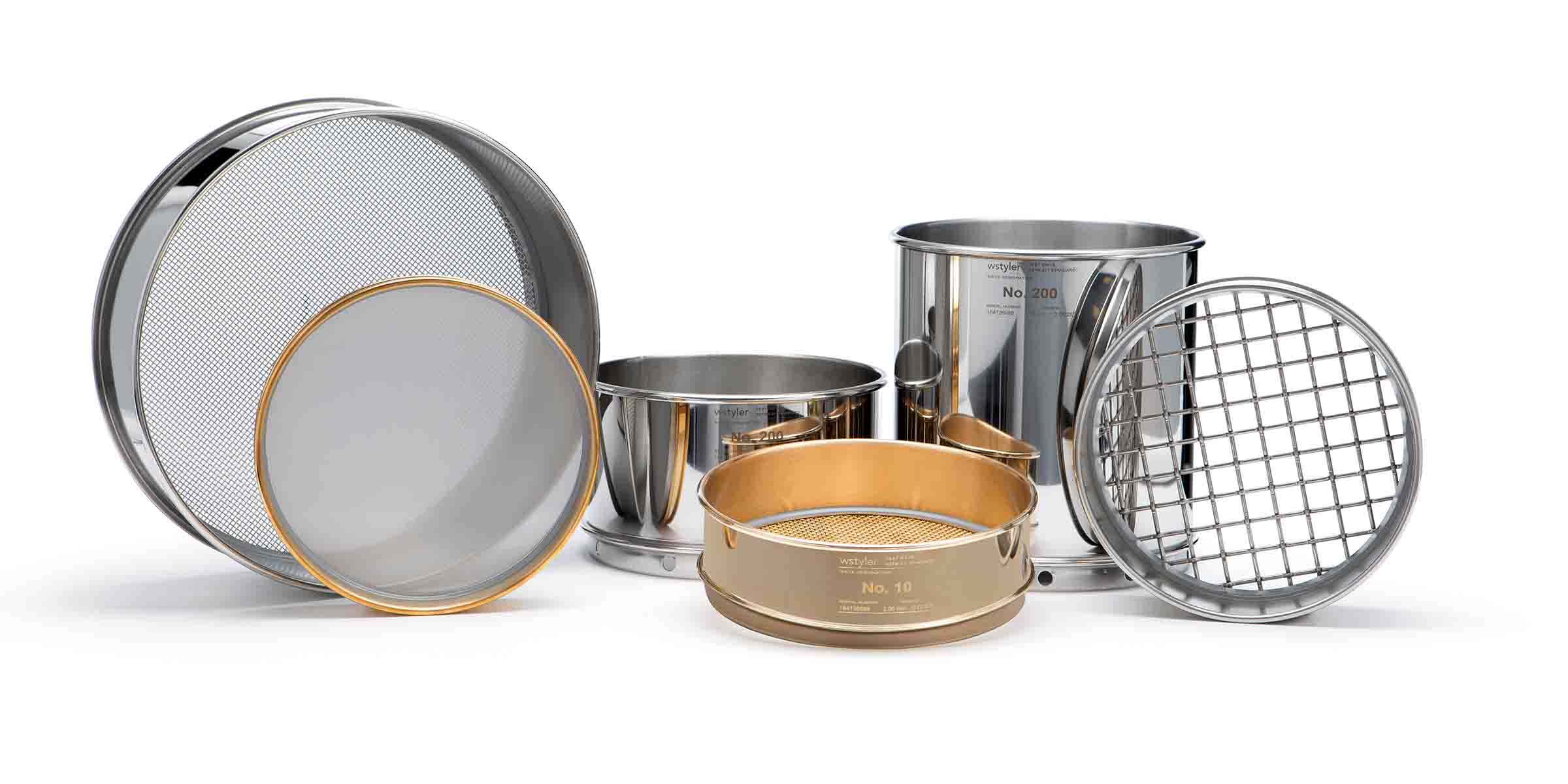Why New Test Sieves Produce Results Inconsistent With Old Test Sieves
Test sieve analysis is a centuries-old method that involves the sifting of particles to determine the quality of a product. As it is so familiar within the world of particle size analysis, it is regarded as one of the most budget-friendly methods of obtaining accurate and repeatable results.
Now, test sieve analysis can be used to analyze virtually any particle 20 microns and up. This makes the practice thrive in industries such as pharmaceutics, food production, and agriculture.
Having said that, you should always benchmark your distribution curve periodically in order to catch any result inconsistencies. So, you’re probably wondering “what inconsistencies should I be looking out for and what causes them?”
As manufacturers of one of the most widely used lines of test sieves, W.S. Tyler is here to help make your test sieve analysis process the best it can be.
With that, this article will cover:
- How all test sieves are unique
- What causes inconsistent results when working with new sieves
- What inconsistencies you should be aware of
- How you can prevent inconsistencies when working with older sieves
Test Sieves Are One-of-a-Kind
It is important to know that, when working with test sieves and test sieve analysis, there will always be some form of variance in test results. This is due to the fact that the standard in which test sieves are manufactured to allow for variants in the test sieve mesh openings because of the technology behind the weaving process.

With this variance, sometimes the difference in an opening, from the smallest it’s allowed to be to the biggest it’s allowed to be, can be upwards of 12%.
That being said, most sieve cloth providers try to weave within this tolerance. However, this can sometimes change throughout the roll of mesh being produced.
What Are the Main Causes of Inconsistencies in Sieve Analysis Results?
When conducting a test sieve analysis, there are two factors that predominantly compromise the correlation between results obtained with new sieves and results obtained with old sieves. These factors are: shrunken, plugged openings and enlarged, eroded openings.
No matter what material you are working with, loose fragments of your sample will eventually begin to accumulate throughout the sieve mesh screen. As a result, the mesh openings become smaller and smaller with each test, hindering your particle’s ability to properly pass through the mesh.
When working with abrasive material, on the other hand, the wires that are used to construct your sieve mesh will begin to wear. This causes the mesh opening to become enlarged, thus allowing particles to pass through sieves that would normally stop them in the stack.
This is particularly the case when brass sieve mesh is employed.
What Inconsistencies Are Typically Seen?
The main thing that customers will notice is that their results either favor the coarse side of the spectrum or the fine side of the spectrum.
Now, in the instance where a buildup of material has begun to form amongst the mesh openings and cause the openings to become smaller, your results will reflect a more coarse material. On the other hand, if the mesh openings have worn and become wider, your results will reflect a more fine material.
To put it simply, when conducting your test sieve analysis, be sure to note the typical distribution curve obtained with new sieves. As you begin to see the curve sift heavily in any direction, odds are you will need to clean your sieves or invest in a new sieve stack.
How Do I Prevent These Inconsistencies?
Again, if you notice variations in your test sieve analysis results you must take the fact that there are mesh opening variations allotted in the standards that overlook sieve mesh production. In other words, even if you order two new test sieve stacks today you could, in theory, produce two different sets of results.
But this is typical. You simply have to determine what is allowable in your quality control program in terms of material variations.
That said, cleaning your test sieves in between runs is one of the best ways to maintain result consistency. This can be done using a specialized test sieve brush or an ultrasonic sieve cleaner with a mild detergent in it.
In addition, you should always ensure your test sieves are stored in a clean, dry location. Of course, sieves should be handled with great care during your particle analysis, when cleaning the mesh, and when being transported to their storage area.
For more information on how to maintain your test sieves, refer to our article: 5 Tips for Maintaining your Test Sieves (Best Practices and Cleaning + Video).
Achieve Continuous Test Sieve Analysis Success
Test sieve analysis is a practice that has been used for hundreds of years as a means of quality control. It’s because of this, that many industries prefer it as it has proven time and time again that it is one of the best ways to obtain accurate and repeatable particle analysis results.
Having said that, because the standards that regulate sieve mesh production account for some form of variations in the mesh openings, inconsistencies in your results should be expected.
When it comes to inconsistencies between new sieves and old sieves, odds are one of two things have occurred with your old sieves: either the mesh openings are clogged or the mesh openings have begun to erode. These occurrences will cause your distribution curve to illustrate that your particles are either finer or more coarse than they really are.
With that, problems only arise when these variations exceed what is allowed by your quality control program.
But no matter what your test sieve analysis process looks like you should always have a stack of certified test sieves that are only used to benchmark the accuracy of your results.
With over 140 years of experience manufacturing industry-leading test sieves, W.S. Tyler is here to ensure your test sieve analysis continues to provide accurate and repeatable results for years to come.
For more information about why keeping a stack of master test sieves is important to the success of any test sieve analysis process, refer to our article What Is a Master Test Sieve Stack? (Definition, Usage, and Cost).
About Ronnie Brown
Ronnie is the Content Writer for W.S. Tyler and has four years of experience as a professional writer. He strives to expand his knowledge on all things particle analysis and woven wire mesh to leverage his exceptional writing and graphic design skills, creating a one-of-a-kind experience for customers.




